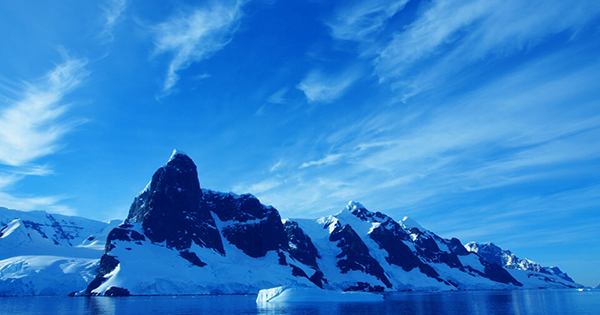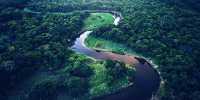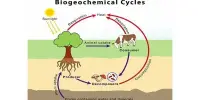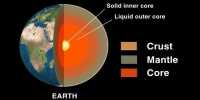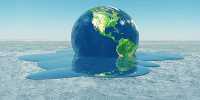The study, published in the journal Scientific Reports, found that glacier ice loss has doubled since pre-industrial times, and has now shrunk by about 77 percent compared to size in the Ice Age. New research shows that New Zealand’s glaciers are melting faster and faster over time.
Climate change is an important concern for ice landscapes around the world. Researchers at the University of Leeds, in collaboration with the National Institute of Water and Atmospheric Research (NIWA), wanted to investigate how temperature-related ice erosion in recent years has affected glaciers in the Southern Alps so the Little Ice Age (about 400 years ago) to 2019.
They determined volume changes from ice erosion to 400 mountain glaciers over three periods: the pre-industrial natural small ice age of 1978, 1978 to 2009, and 2009 to 2019. Using historical and historical records of glacier outlines and moorings and timelines, which act as guidelines for previous glacier arrivals, they enumerate historic historical fragments of glaciers. By comparing these, they were able to estimate the rate of melting of glaciers following the peaks of small ice ages and were able to compare it with the rate of ice erosion that has occurred over the last 40 years.
Their results show that ice loss has more than doubled over the past four decades compared to the previous rate of decline. About 15 percent of the amount of ice present in the Little Ice Age was lost between 1978 and 2019 alone when you consider that this glacier has been melting for almost 400 years, a huge increase.
In 2019, only 12 percent of the glacier’s historic ice volume remained, which shows that rates could lose sooner than expected if they continue. This glacier is extremely valuable to New Zealand, not only as a site of outstanding natural beauty but also as an emergency supply of freshwater for the local population. It provides landscape hydropower and irrigation, improves stability, and enhances the health of the aquatic ecosystem.
Lead author Dr. Jonathan Carrivick, from Leeds’ School of Geography, in a statement, “These studies measure New Zealand’s tendency to lose ice.” “The rate of ice erosion will intensify not only the climate but other local effects will become more pronounced as more debris accumulates at the bottom of the glacier and the bottom at the bottom of the glacier melts, melts sharply.”
“Our results prove that the Southern Alps have probably already crossed the tipping point of ‘peak water’ or glacier molten supply for forwarding availability, landscape stability, and aquatic ecosystems.”
